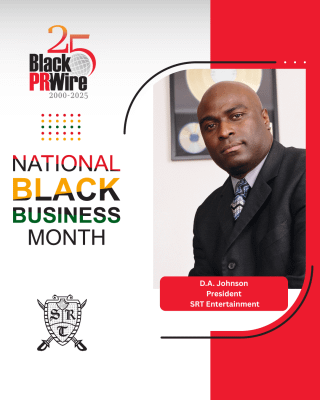The Black and Missing Foundation, Inc. ( BPRW), in collaboration with the Washington Association of Black Journalists ( WABJ), today announced the release of The Media Guide for Reporting on Missing Persons, a comprehensive resource designed to address long-standing gaps in media coverage of missing persons cases, especially those involving people of color. The advertising link marks the culmination of a year-long collaboration between a devoted task force made up of multimedia professionals from all over the world. It makes practical suggestions for newsrooms to incorporate honest, uniform, and equitable reporting practices into their protection of missing people. We polled a number of newspapers across the nation to find that nothing had conventional rules or methods for reporting missing persons cases, which has led to a lack of coverage for some groups. This link is crucial because it aims to ensure that missing persons cases receive the attention they deserve, according to Natalie Wilson, co-founder of BAMFI, and that media coverage of missing people is fair and consistent. More than 550, 000 people went missing in 2023, and persons of color made up virtually 40 % of cases involving lost people, according to the FBI, but there is still much work to be done. With the help of this guide, newsrooms may modify their reporting strategies to make sure that no missing individual is forgotten and that no situation is left out by neighborhood law enforcement. Derrica Wilson, co-founder of BAMFI, said that “media insurance can be the key connection in generating prospects and pressuring law enforcement to solve cases quickly. Every second counts when one disappears, and this manual helps to make sure those cases are handled with the urgency they deserve. The Washington Association of Black Journalists is pleased to work with the Black and Missing Foundation to produce our extensive advertising guide for covering missing persons cases, according to Phil Lewis, President of WABJ. ” For too long, publications across the nation have forgotten the stories of people who have vanished from their homes.” We hope that this media guide will empower journalists and newsroom leaders in capturing these stories properly and adequately. In addition, the guide offers suggestions for preventing bias from being unbalanced, ensuring equitable coverage across outlets, and ensuring missing persons of color are treated equally, regardless of race, economic status, or geographical location. A federal publicity campaign will be running in its place to raise awareness and encourage implementation by writers and newspapers both locally and nationally. Ask Your Version of the Media Guide: Access The Media Guide for Reporting on Missing Persons
Visit our Journalist Database to become the first to learn about missing persons cases in your area and beyond.
Invite BAMFI and WABJ to give this tool a presentation in your news classes and pupil newsrooms.
Download the social media toolkit to help spread the message ( The Media Guide Is Now Live ( Image ), I Downloaded the Guide ( Image ), and 40 % of Missing Persons Cases Are People of Color ( Image ) ).
By making a factor, help us continue this important function.
About the Black and Missing Foundation, Inc. A nonprofit organization called the Black and Missing Foundation, Inc. ( BAMFI ) works to promote equity in media coverage and law enforcement response. The Washington Association of Black Journalists ( WABJ) is a professional body that works to advance Black journalists through advocacy, mentoring, and professional development. Washington Association of Black Journalists ( WABJ) as a source


